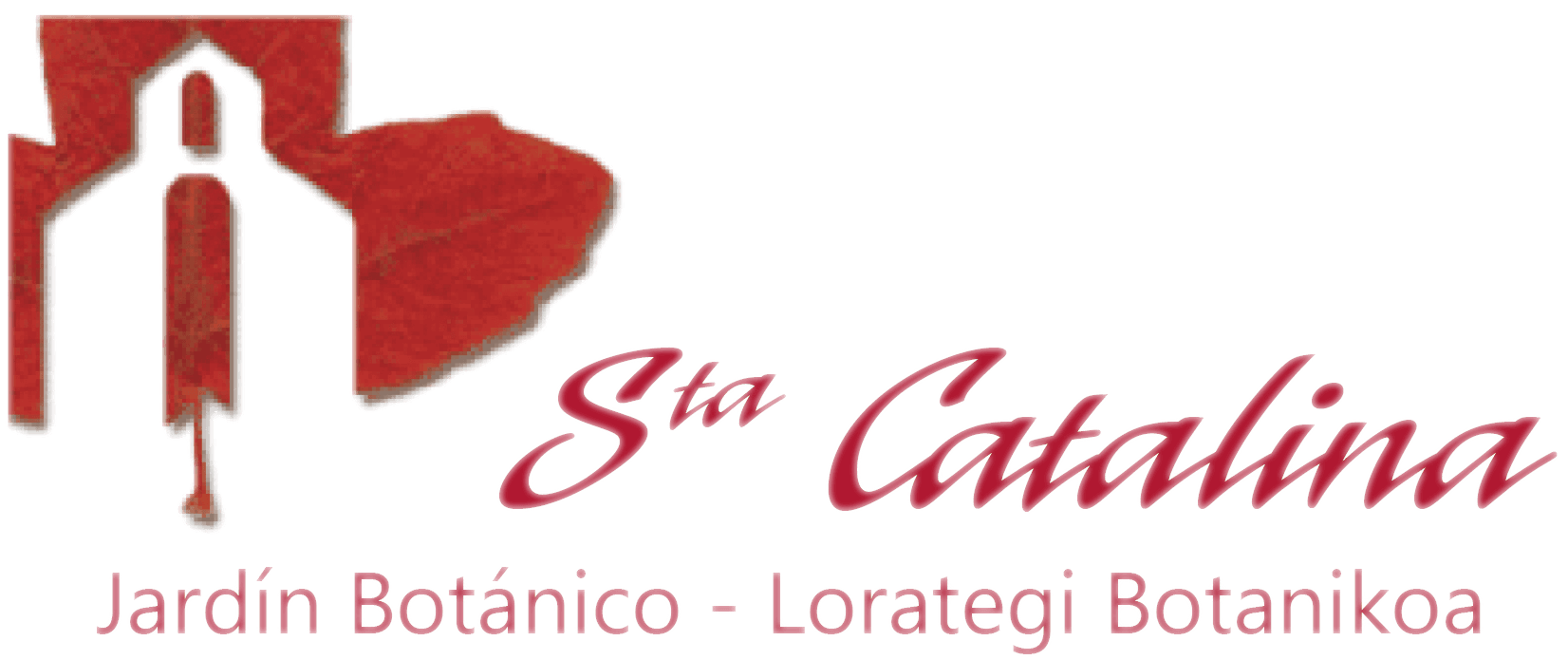They are considered an Asset of Cultural Interest by the Basque Government and are the most emblematic buildings in the municipality of Iruña de Oca. They are considered to be of Roman origin due to their proximity to the Iruña-Veleia site, although the current constructions have undergone many variations, especially during the Middle Ages.
The Víllodas Bridge combines pointed and round arches. It is 98 metres long and crosses the river along 10 arches supported by nine pillars, each 4 metres thick. The width of the roadway is 3.40 m., but it widens to 4 m. at the cutwaters.
The Trespuentes bridge is built with slate stones and mortar and slabs on the pavement. It is made up of thirteen half-pointed arches supported by twelve pillars built at different times: the first six arches belong to the earliest period (it is likely that at the beginning it only had these six arches), the next five are later and the last two belong to a later phase, with an excessively thick pillar. It sits directly on the bedrock of the river. Two of the pillars are widened from the water level and towards the bottom, which cannot be seen with the naked eye as they are below the water. In addition, its construction includes several cutwaters, or lateral projections built on top of the pillars, whose function is to cut off the flow of water and to serve as a refuge for pedestrians when they come across a vehicle on the bridge.

